Dandruff is a common scalp disease. Fungi of the Malassezia species cause it. These microorganisms exist physically on human skin, but when they multiply, they cause disease.
The disease is associated with characteristic white dust on the hair. It is very visible, which causes embarrassment or even lower self-esteem in many people. However, this aesthetic problem is usually not caused by severe underlying diseases and can be eliminated with proper scalp care. Remember that troublesome oily scalp skin dandruff may develop from untreated dry scalp skin dandruff – so you should not ignore even a slight flaking of the epidermis.
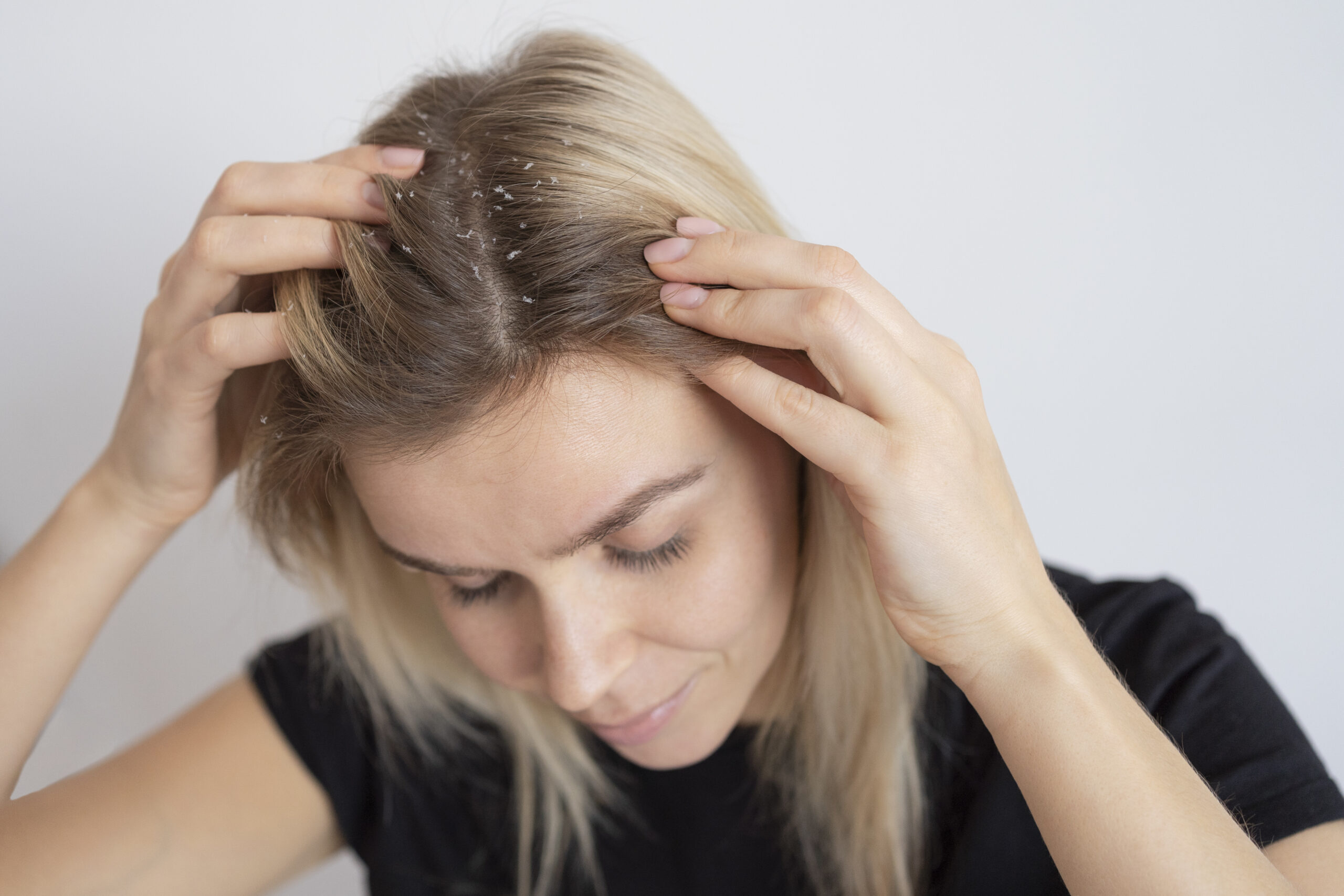
Under normal conditions, dead epidermis cells are exfoliated, and new ones appear in their place in a 28-day cycle – the replacement takes place invisible to the naked eye. In the case of dandruff, this process is accelerated, and scales and remains of dead epidermis cells accumulate on the skin.
For this reason, a characteristic symptom of dandruff![]() appears, i.e., increased scalp flaking with more or less severe seborrhea. A feeling of dryness on the scalp is another symptom. You may also experience itching and redness of the scalp. However, it is not worth scratching the scalp, as it may exacerbate the problem.
appears, i.e., increased scalp flaking with more or less severe seborrhea. A feeling of dryness on the scalp is another symptom. You may also experience itching and redness of the scalp. However, it is not worth scratching the scalp, as it may exacerbate the problem.
It should be noted that the occasional occurrence of small amounts of dandruff![]() does not indicate a skin disease. After all, the dying and peeling of the epidermis is a natural process. However, when excessive flaking is observed, and larger amounts of whitish scales appear, it may indicate a skin condition.
does not indicate a skin disease. After all, the dying and peeling of the epidermis is a natural process. However, when excessive flaking is observed, and larger amounts of whitish scales appear, it may indicate a skin condition.
Many people wonder if dandruff is contagious. The disease occurs in response to excessive skin, exfoliation, overproduction of sebum, or the growth of Malassezia yeast![]() on the skin so it cannot be infected. Although it does not directly threaten the environment of a person suffering from this condition, it is worth consulting a doctor in any case. The specialist will make an accurate diagnosis and propose appropriate treatment to minimize and cure this unsightly ailment.
on the skin so it cannot be infected. Although it does not directly threaten the environment of a person suffering from this condition, it is worth consulting a doctor in any case. The specialist will make an accurate diagnosis and propose appropriate treatment to minimize and cure this unsightly ailment.
This disease may have a genetic basis, and dandruff occurs when three factors are out of balance:
The cause of dandruff is the invasion of the yeast-like fungi Malassezia. Although it occurs naturally in the physiological skin flora, its multiplication causes skin problems. Why is this happening? The fungus needs a lipid complex to develop, so it will only multiply if appropriate fatty conditions exist. The microorganism feeds on triglycerides on the scalp, disturbing the lipid structure. Fatty acids are then released, which irritate the skin, resulting in excessive skin peeling and inflammation.
Moreover, disturbances in the process of epidermal cell renewal favor the development and recurrence of dandruff. It happens because when the protective functions of the epidermis are impaired, the skin becomes more sensitive to the influence of external factors and the action of fungi and bacteria naturally occurring in the microbiome.
Diseases or hormonal or immunological disorders may cause disruptions in the proper functioning of the scalp layers. The problem may also be more severe when we lead an incorrect lifestyle, including a diet poor in nutrients or under the influence of intense or long-term stress. Improper scalp care may also contribute to dandruff, and common mistakes include:
Dandruff may also appear in response to wearing inappropriate headgear, which may result in an oily or dry scalp.
The tendency to develop dandruff or to exacerbate its symptoms is influenced by internal and external factors, such as:
We list several types of the disease. The first one is dandruff dry, the mildest and most common form of dandruff. It is characterized by fragments of dry epidermis being torn off and falling onto the arms and back. This process is usually not accompanied by inflammation. When combing, the scales fall on your shoulders and clothes. Moreover, the hair is dry and brittle, and the condition is sometimes accompanied by itching.
Oily dandruff is also known as pityriasis seborrhea![]() . As the name suggests, it differs from dry skin, mainly by intense seborrhea. It happens due to increased activity of the sebaceous glands. It is significant to diagnose the cause of seborrhea. This condition may result from systemic, environmental, or local factors.
. As the name suggests, it differs from dry skin, mainly by intense seborrhea. It happens due to increased activity of the sebaceous glands. It is significant to diagnose the cause of seborrhea. This condition may result from systemic, environmental, or local factors.
There are also symptoms of inflammation, including itching of the scalp or greasy, yellowish scabs on the top of the head. If we scratch the scalp intensively, we may irritate the area, which may result in bacterial infections in this area. Hair not only becomes greasy quickly but is also susceptible to loss.
Pityriasis versicolor![]() is a skin disease with a chronic and recurrent course. The action of fungi of the Malassezia genus causes it. It is a superficial fungal infection that causes scaly patches to appear. They usually have a brown or slightly red tint. Symptoms of pityriasis versicolor most often appear on the neck, chest, back, and arms.
is a skin disease with a chronic and recurrent course. The action of fungi of the Malassezia genus causes it. It is a superficial fungal infection that causes scaly patches to appear. They usually have a brown or slightly red tint. Symptoms of pityriasis versicolor most often appear on the neck, chest, back, and arms.
If left untreated, pityriasis versicolor may cause discoloration that cannot be removed. Fortunately, the symptoms of this disease are very specific, which makes it easier for a specialist to make a diagnosis. It should be noted, however, that it is worth waiting until the results of the mycological examination are obtained to confirm the hypothesis.
Pityriasis rosea![]() , also called Gilbert's pityriasis, is an erythematous and exfoliative condition. Many specialists believe that it is a viral disease and that the herpes virus type 6 (HHV-6) or 7 (HHV-7) is most likely responsible for the disease. Lesions usually appear on the trunk and spread over the entire body surface.
, also called Gilbert's pityriasis, is an erythematous and exfoliative condition. Many specialists believe that it is a viral disease and that the herpes virus type 6 (HHV-6) or 7 (HHV-7) is most likely responsible for the disease. Lesions usually appear on the trunk and spread over the entire body surface.
In the initial phase of the disease, a plaque of several centimeters appears, which gradually peels off. Then, after a few to a dozen or so days, numerous, small, symmetrically distributed skin lesions appear on the body skin. The skin is red, and the symptoms are often accompanied by itching.
Dry or seborrheic dandruff is easy to recognize. If home treatment with shampoos and anti-dandruff products is not helpful, a visit to a specialist (dermatologist) is necessary.

Other scalp diseases may manifest with similar skin lesions (e.g., psoriasis or mycosis of the scalp). Moreover, exfoliation of the epidermis may also be a symptom of an allergic reaction.
Usually, the specialist needs only a thorough scalp inspection, but sometimes it is necessary to perform mycological tests to make the correct diagnosis and implement effective treatment.
Treatment of dandruff![]() depends on its type, location, and severity. Before starting therapy, you should always consult a dermatologist who will adapt the treatment to the patient's specific case and individual needs. Self-medication, especially if misdiagnosed, may lead to worsening of symptoms.
depends on its type, location, and severity. Before starting therapy, you should always consult a dermatologist who will adapt the treatment to the patient's specific case and individual needs. Self-medication, especially if misdiagnosed, may lead to worsening of symptoms.
When treating dandruff, local therapy is usually used:
You can also find combined preparations that combine these three variants. Thanks to this, they help remove exfoliated epidermis, regulate sebum production, have antifungal properties, and contain cleansing agents.
However, choose gentle anti-dandruff shampoos![]() tailored to the needs of your scalp and hair type. Try to avoid intense products because they may disturb the scalp microbiome and, as a result, intensify the symptoms instead of relieving them. Shampoo should always be matched to the needs of the scalp and hair type. If we cannot determine which formula is best for us, consult a pharmacist, trichologist, or dermatologist.
tailored to the needs of your scalp and hair type. Try to avoid intense products because they may disturb the scalp microbiome and, as a result, intensify the symptoms instead of relieving them. Shampoo should always be matched to the needs of the scalp and hair type. If we cannot determine which formula is best for us, consult a pharmacist, trichologist, or dermatologist.
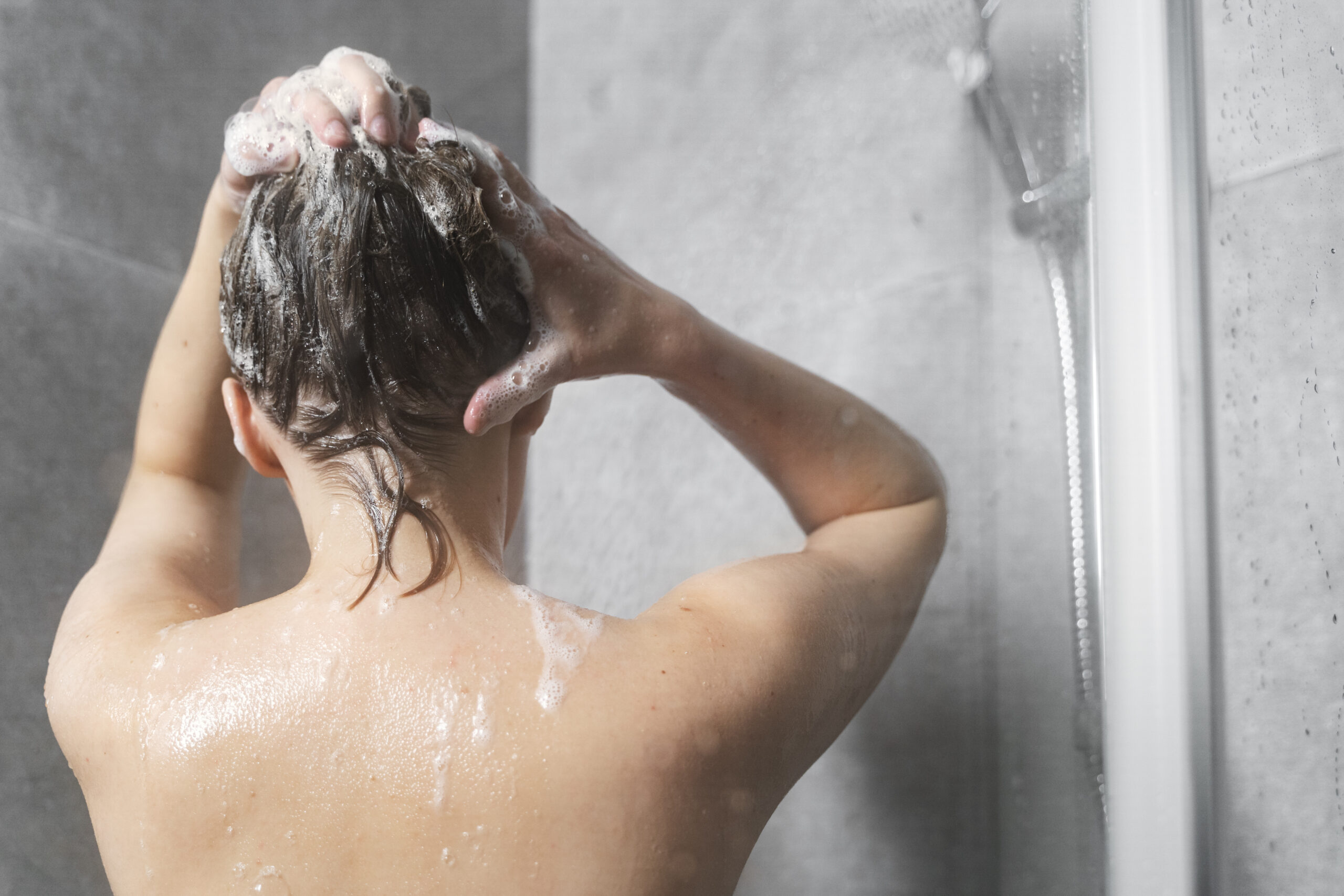
Anti-dandruff shampoo must be used according to the manufacturer's recommendations. The product should be thoroughly massaged into the scalp, left on for as long as the manufacturer recommends, and then rinsed thoroughly. It will allow the nutrients contained in it to work effectively. Experts warn against applying shampoo directly on the scalp. First, massage it in wet hands until foam is produced.
Depending on the severity of the disease, the dermatologist may recommend starting drug therapy![]() prescribing, e.g., ketoconazole. Active substances helpful in treating dandruff also include:
prescribing, e.g., ketoconazole. Active substances helpful in treating dandruff also include:
Some people supplement the fight against dandruff with specialized cosmetological treatments, such as cavitation peeling, scalp personalization, or LED light therapy (monotherapy).
The dandruff treatment process is long-lasting, and the effectiveness of the therapy depends on the type of dandruff, its cause, and the severity of symptoms. The basis of the treatment is proper skin and hair care. In addition to using special anti-dandruff shampoos, avoiding aggravating factors is also recommended, changing hygiene habits, and regularly moisturizing the skin.
Remember that untreated dandruff may intensify symptoms that make everyday life difficult, such as scalp itching, skin peeling, and redness. For this reason, it is so important to see a specialist immediately for tests and take appropriate actions to diagnose and cure the disease.
Although home remedies will not be effective in completely curing dandruff, they can help relieve symptoms and keep your skin healthy. The effectiveness of these methods may vary depending on the type of dandruff and individual skin characteristics.
Healthy fats like coconut, olive, or jojoba seed oil help relieve symptoms. These products help moisturize the scalp and reduce flaking. When washing your hair, massage a small amount of oil into your scalp and then wash your head with a good anti-dandruff shampoo.
Apple cider vinegar has a fungicidal effect, and as we know, fungi are the causative agent of dandruff. Therefore, regularly rinsing your hair with water and vinegar should help you deal with the problem. As a result of this treatment, the hair becomes strong and shiny. Add two tablespoons of vinegar to a glass of water, and that's it! For best results, use after every hair wash. You don't have to worry about the typical vinegar smell; it disappears quickly, and your hair becomes smooth and shiny.
Many people decide to make washes from plants, e.g., you can use common daisies, birch leaves, nettle, thyme herb, burdock root, calamus, propolis, rosemary, sage, or chamomile. The plants should be infused for 15 minutes and covered, and the cooled infusion should be applied to the previously washed scalp. We do not rinse the rinse aid. Before using a given plant, make sure that you are not allergic to it so that it will not cause skin lesions to flare up.
A great way to fight dry dandruff at home is scalp massage. It can be done while washing your hair. The treatment should start in the parietal area, moving successively to the sides of the scalp and the forehead line. Let's perform the movements smoothly, with equal force, and in the direction of the muscles. Such a massage helps reduce tension, improves blood circulation in the scalp, and stimulates the sebaceous glands to produce oiling sebum.
Remember that if home remedies and over-the-counter preparations do not relieve us, we must contact a professional.
To avoid problems, it is worth taking proper care of your hair every day. The key to counteracting this phenomenon is appropriate hair care![]() :
:
One of the factors that may influence the development of dandruff is an inadequate diet. Many people do not connect scalp problems with nutrition in any way. However, this is a big mistake because, in most cases, the overuse of certain products is responsible for the development, intensification, and recurrence of dandruff.
Simple sugars, which feed fungi, contribute to the formation of dandruff. Their excess in the daily diet also results in faster skin aging, loss of elasticity, and an increased tendency to develop changes within it. The sources of simple sugars are sugar, sweets, confectionery, sweetened drinks, nectars, fruit juices, jams, honey, fruit preserves, and purified cereal products (e.g., white bread, pasta, white rice, small groats).
Due to the high fat content, salt, and various chemical additives types, a diet rich in highly processed foods also favors the development of dandruff. These ingredients may increase the risk of allergies and skin irritation. These products are a source of toxins that accumulate in the body for a long time, leading to various diseases, including dermatological ones. Highly processed food includes, among others, sausages, instant products, chips, breakfast cereals, and stock cubes.
Another factor that increases the risk of dandruff is a hydration level that is too low. Providing too little water to the body may lead to excessive skin dryness, peeling, and a tendency to develop defects.
Table of Contents

Pityriasis Rosea is a skin disease. It usually does not require treatment, but for pregnant women the disease can be… read more »
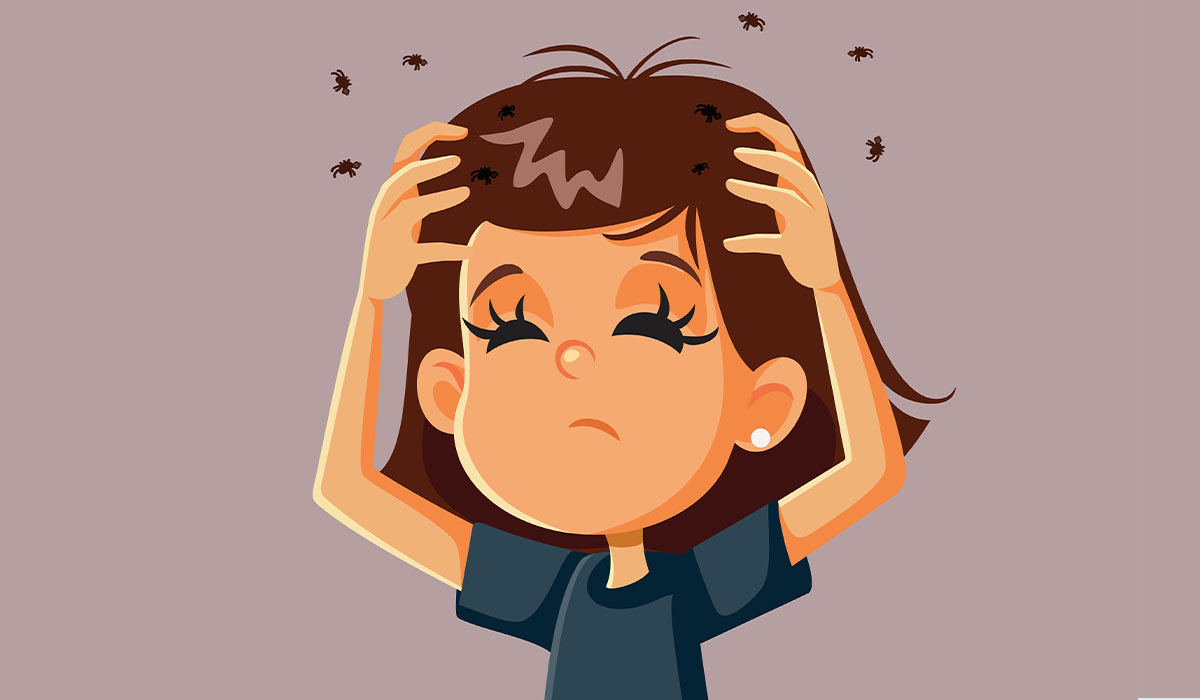
Itchy scalp is a fairly common condition that can have many causes. What are the most popular? What to do… read more »
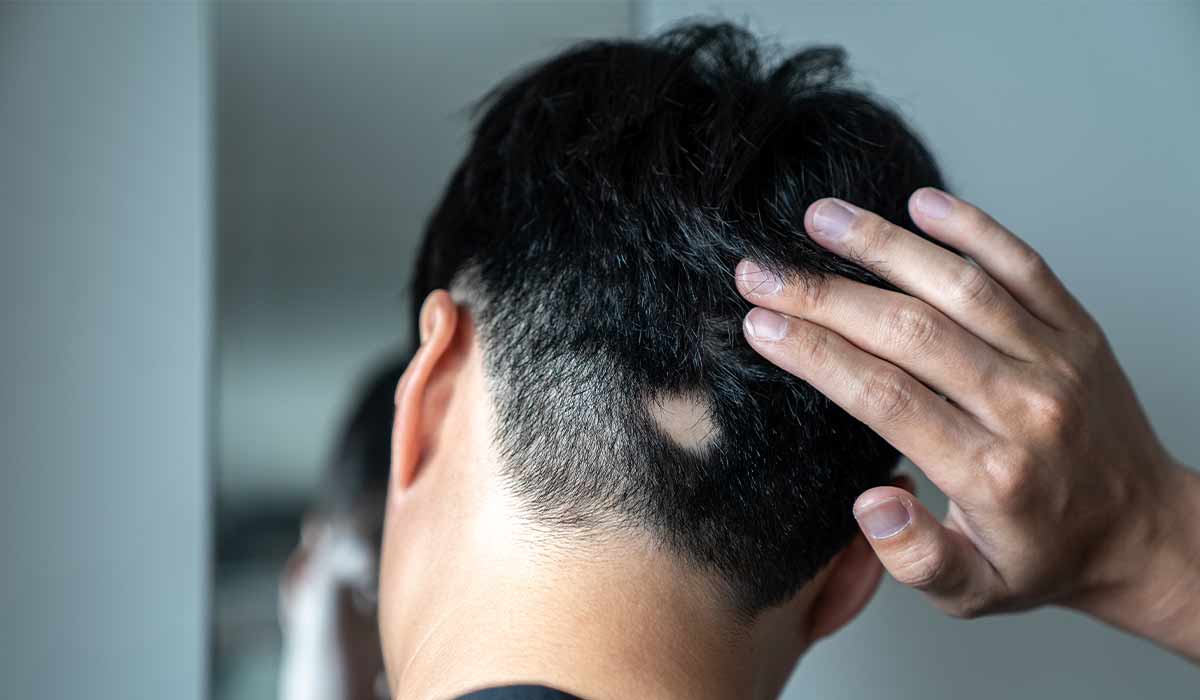
Alopecia is a disease that manifests itself in various ways, including thinning or loss of hair. What are the causes… read more »

Lice are ectoparasites, so they live outside the body of their host, in this case the human. What symptoms do… read more »
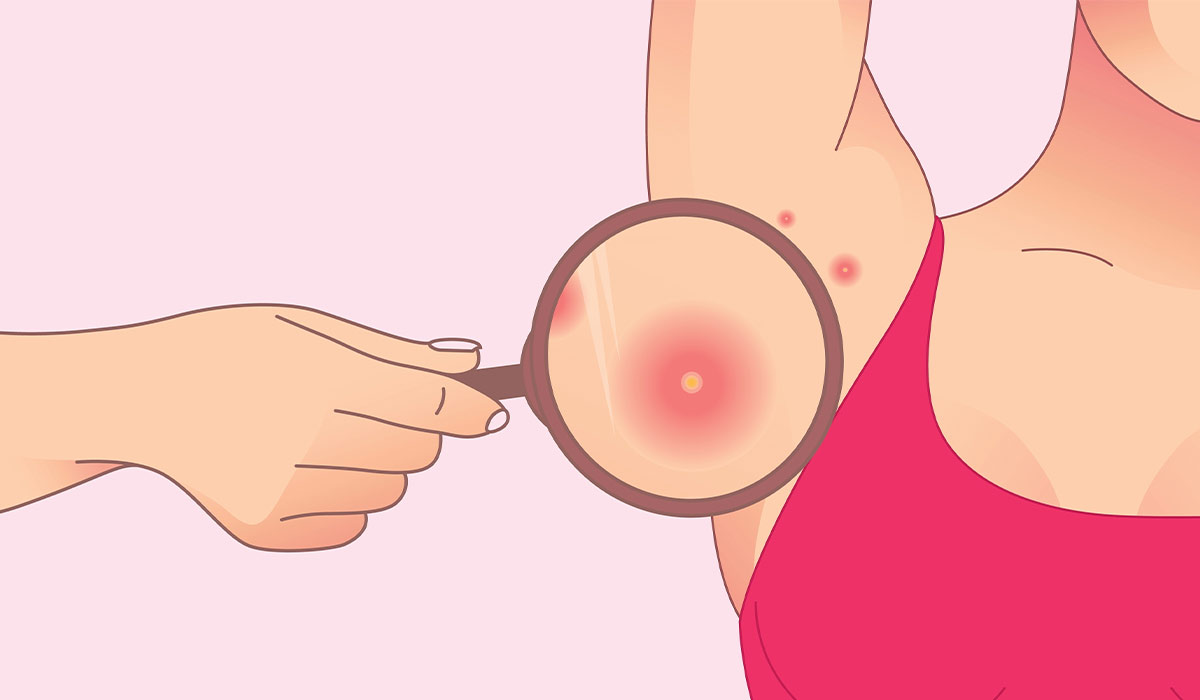
Folliculitis is a skin disease that appears very often. What are its causes and symptoms? What is the treatment for… read more »
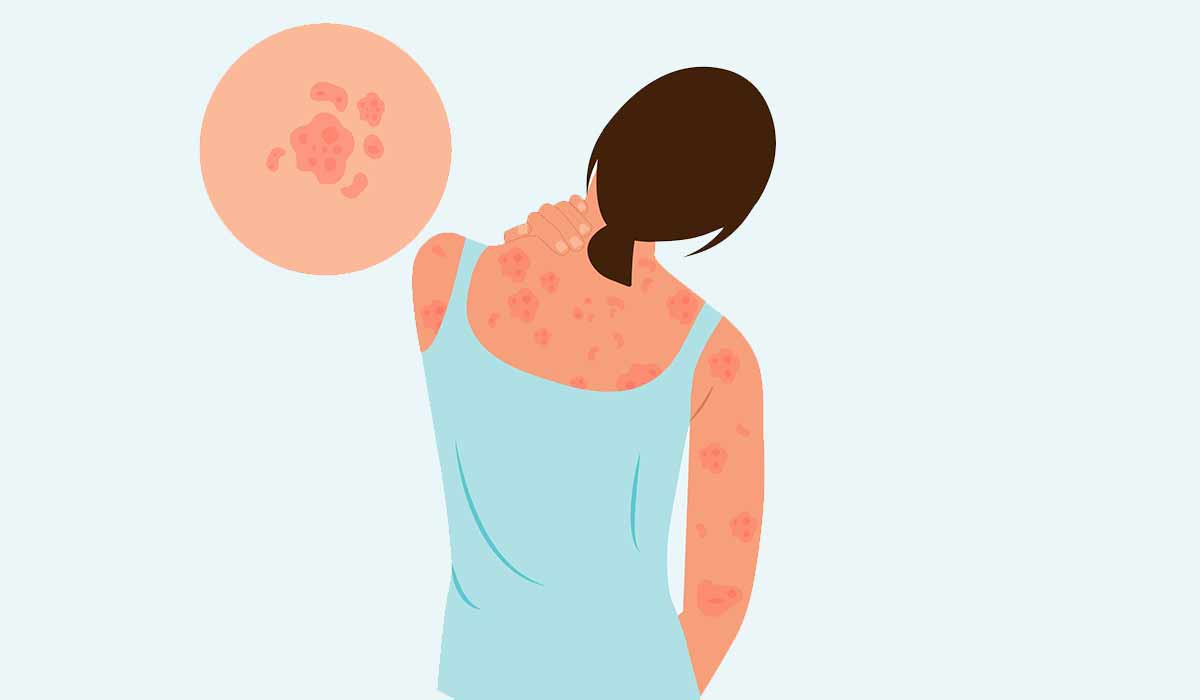
Psoriasis is characterized primarily by skin lesions that result from impaired epidermal regeneration. Learn about all types and signs of… read more »
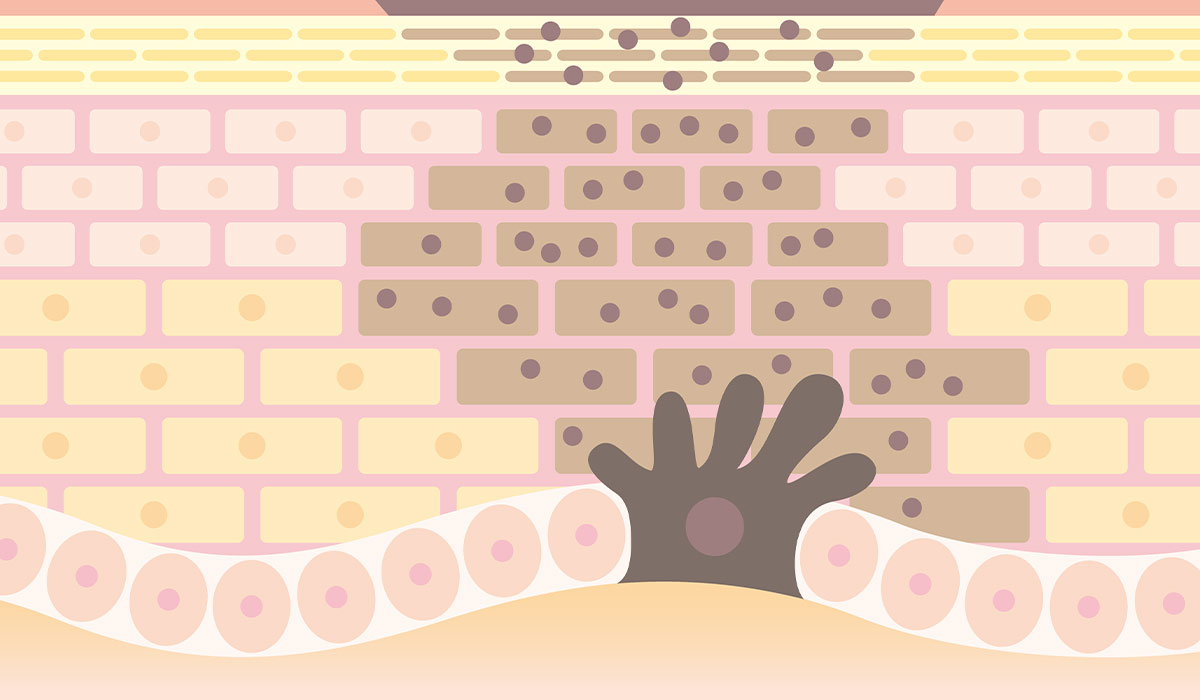
Melanins are a group of pigments responsible for the pigmentation of organisms. What happens when there are too few or… read more »
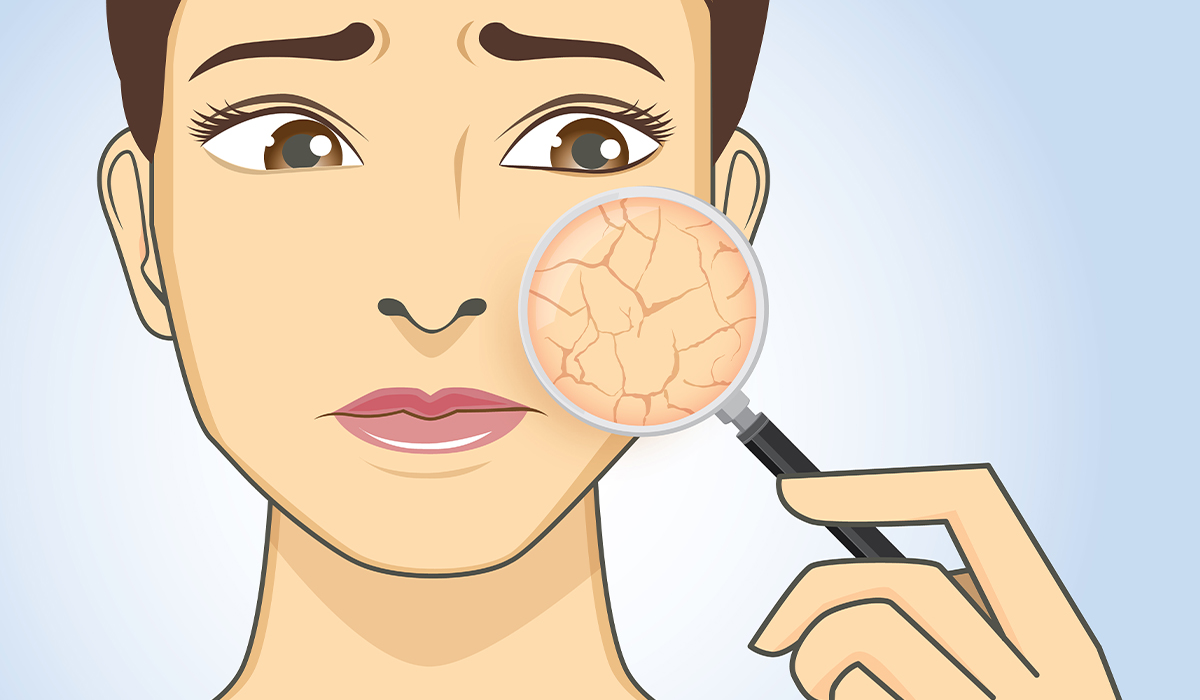
Dry skin is a bothersome problem that can affect everybody. Find out what dries out your skin. Learn about moisturising… read more »
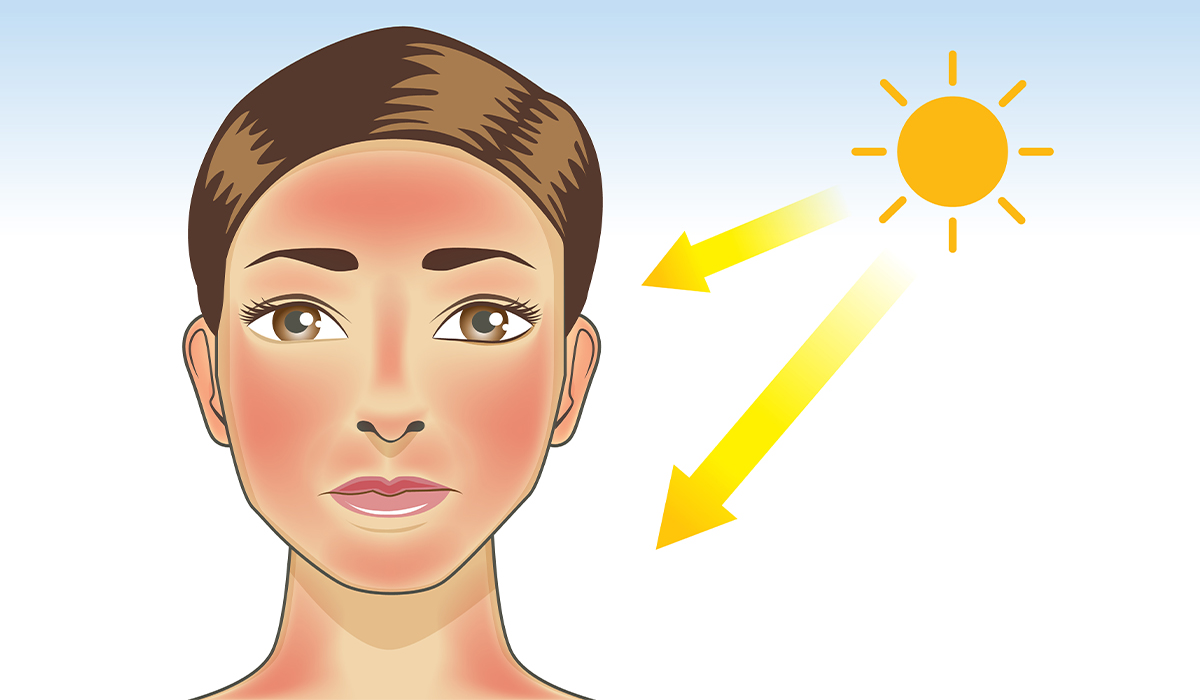
Sun Poisoning is a more severe form of sunburn. Additional distressing symptoms may occur. Learn about the effects of sun… read more »